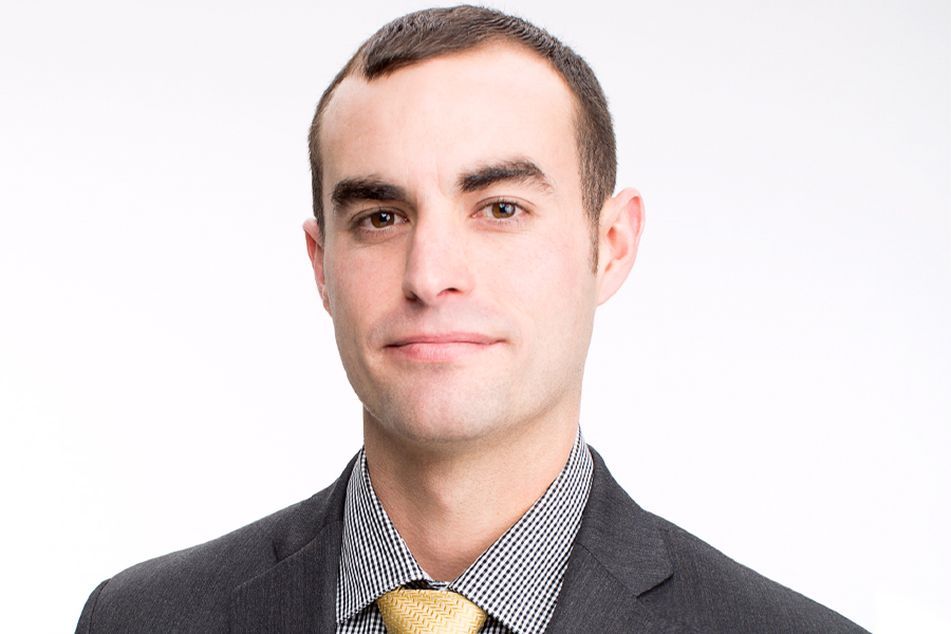Advisory firm founder carries half his clients’ fees into retirement

Mohr Financial Group's unique succession plan relies on the dedication of the next generation of advisers to keep clients happy.
When it comes to succession planning, Jim Mohr is banking heavily on the abilities of the next generation of advisers at the San Diego-based advisory firm he founded 35 years ago.
Mr. Mohr, 59, is not yet officially retired from Mohr Financial Group, but he has already transitioned oversight of his 320 clients to two of the five other advisers at the $430 million firm.
The succession plan, which has been in the works for about five years, has Mr. Mohr funding his retirement by collecting half the fees charged to those 320 clients for the next two decades.
Transitioning most of the firm’s 485 clients, even to in-house advisers, is considered a delicate and potentially risky strategy. But so far, not a single client has left as part of the change.
“If the clients leave, his revenue goes with it,” said Mike Mohr, the founder’s 28-year-old son, who is taking over management of 208 of his dad’s clients. He started at the firm 13 years ago, as a 15-year-old intern.
The remaining 112 clients are being absorbed by fellow adviser Michael Muniz, 36, who has been at the firm for five years.
Mohr Financial, which recently ended a 23-year relationship with Lincoln Financial to become the 40th regional office of Integrated Partners, is using this unique annuity approach to transfer the business without saddling the younger advisers with the debt that would come with buying out the current owner.
The elder Mr. Mohr’s clients were divided between two advisers, as opposed to transferring them all to one adviser, to leave the advisers with enough capacity to still be able to build their own client base.
“I think this is a really good plan, because it’s something I’ve seen in action before,” said April Rudin, president of financial services marketing firm The Rudin Group.
“It gives the younger advisers a running start with a book of business,” Ms. Rudin said. “I think it’s a good strategy because it gives them oversight and some vested interest in client accounts without being fully responsible.”
Meanwhile, Angie Herbers, founder of management strategy consulting company Angie Herbers & Co., sees the plan putting the second-generation advisers in a tight spot of having less revenue to reinvest into the business.
“If he’s not transferring ownership, he’s just leaving the clients,” she said. “All he’s doing is saying he doesn’t want to give up ownership but doesn’t want to work anymore.”
Citing the typically thin margins at advisory firms, Ms. Herbers said the next generation advisers will either have to cut their own profits or reduce reinvestment in the business.
“When a business goes flat without growing, it can only go down,” she said. “The reason advisers do this is they’re looking at their business as a financial plan.”
The elder Mr. Mohr will continue working with clients and gradually wind down his responsibilities over the next few years.
Official ownership of the firm will eventually transition to the younger Mr. Mohr, who is now a minority owner.
Regarding reinvesting in the business, Michael Mohr said, “Any further investment into the business will come from my father’s half of the fees for the time being.”
Carolyn Armitage, managing director at investment bank Echelon Partners, gives the succession plan points for being easy to implement, but also recognizes the risks “if younger advisers don’t work out.”
To be fair, the “younger advisers” in this case are not exactly fresh-faced newcomers; the younger Mr. Mohr said he has known many of his father’s clients for years.
But to ensure a smooth transition, the firm spent several years introducing the concept to clients.
“The first couple years the clients had a lot of questions and concerns,” he said. “But as they continued to see myself and [Mr. Muniz] do more of the work on their accounts, most of the feedback I’ve gotten has been positive.”
Learn more about reprints and licensing for this article.








